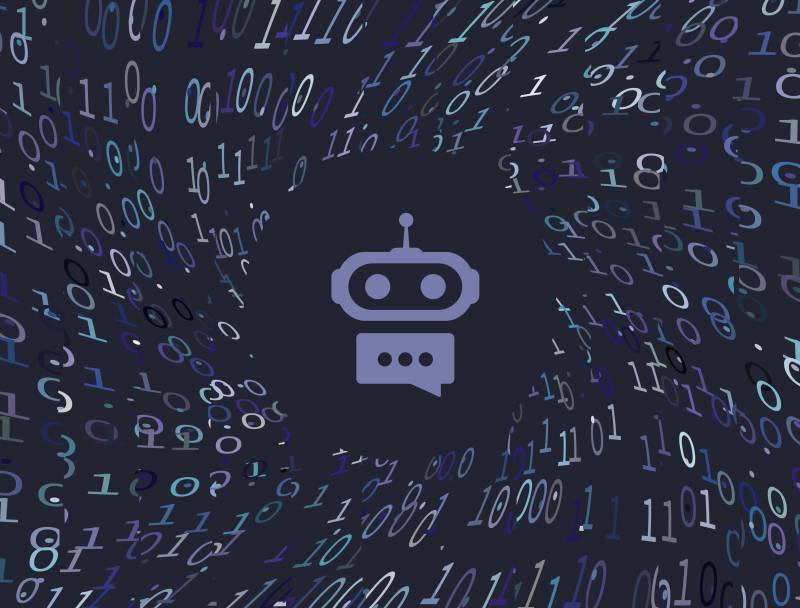One of the biggest problems with using AI in education is that the technology hallucinates. That’s the word the artificial intelligence community uses to describe how its newest large language models make up stuff that doesn’t exist or isn’t true. Math is a particular land of make-believe for AI chatbots. Several months ago, I tested Khan Academy’s chatbot, which is powered by ChatGPT. The bot, called Khanmigo, told me I had answered a basic high school Algebra 2 problem involving negative exponents wrong. I knew my answer was right. After typing in the same correct answer three times, Khanmigo finally agreed with me. It was frustrating.
Errors matter. Kids could memorize incorrect solutions that are hard to unlearn, or become more confused about a topic. I also worry about teachers using ChatGPT and other generative AI models to write quizzes or lesson plans. At least a teacher has the opportunity to vet what AI spits out before giving or teaching it to students. It’s riskier when you’re asking students to learn directly from AI.
Computer scientists are attempting to combat these errors in a process they call “mitigating AI hallucinations.” Two researchers from University of California, Berkeley, recently documented how they successfully reduced ChatGPT’s instructional errors to near zero in algebra. They were not as successful with statistics, where their techniques still left errors 13% of the time. Their paper was published in May 2024 in the peer-reviewed journal PLOS One.
In the experiment, Zachary Pardos, a computer scientist at the Berkeley School of Education, and one of his students, Shreya Bhandari, first asked ChatGPT to show how it would solve an algebra or statistics problem. They discovered that ChatGPT was “naturally verbose” and they did not have to prompt the large language model to explain its steps. But all those words didn’t help with accuracy. On average, ChatGPT’s methods and answers were wrong a third of the time. In other words, ChatGPT would earn a grade of a D if it were a student.
Current AI models are bad at math because they’re programmed to figure out probabilities, not follow rules. Math calculations are all about rules. It’s ironic because earlier versions of AI were able to follow rules, but unable to write or summarize. Now we have the opposite.



